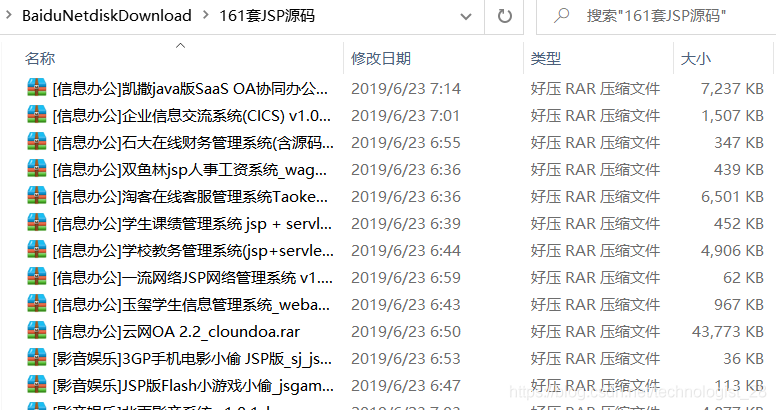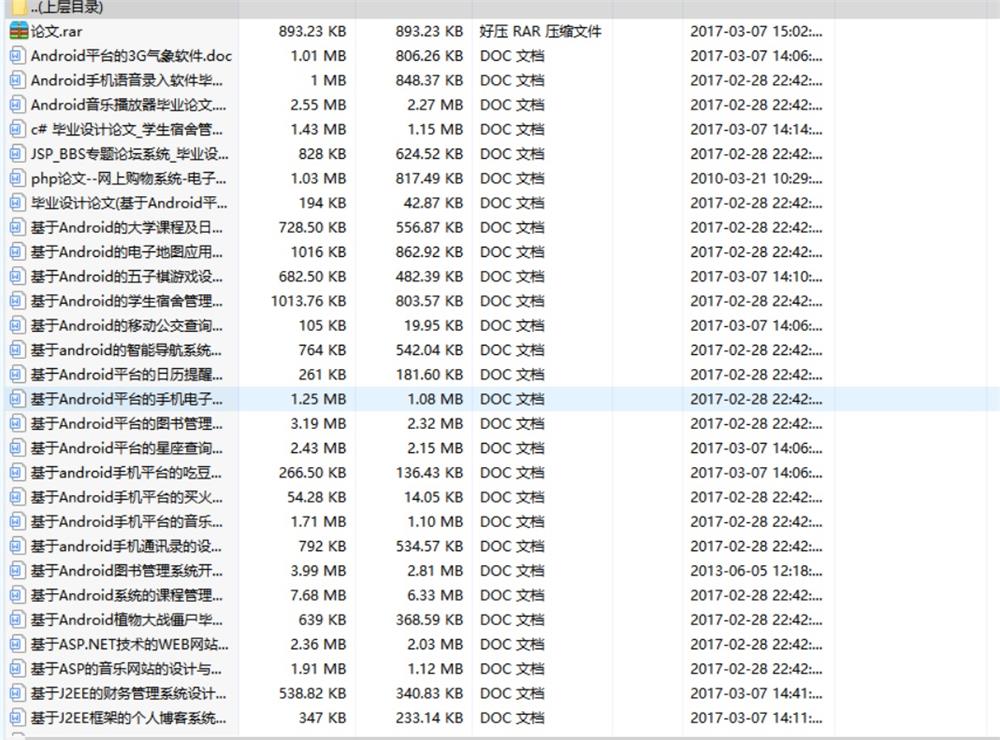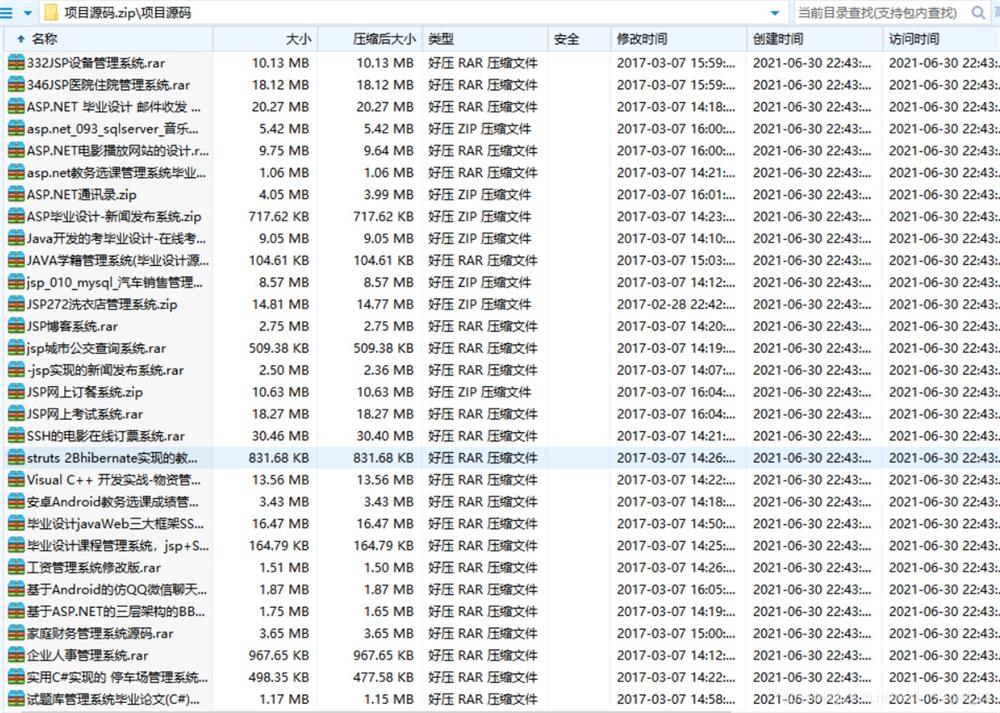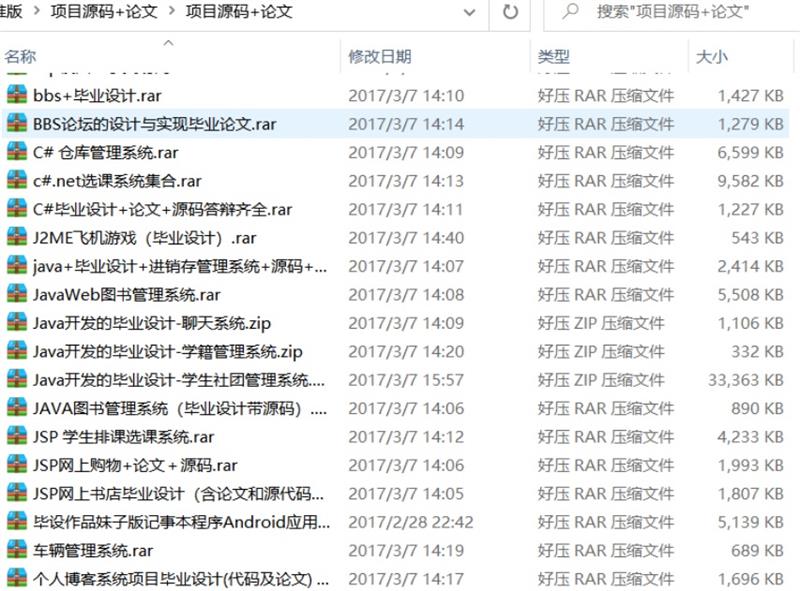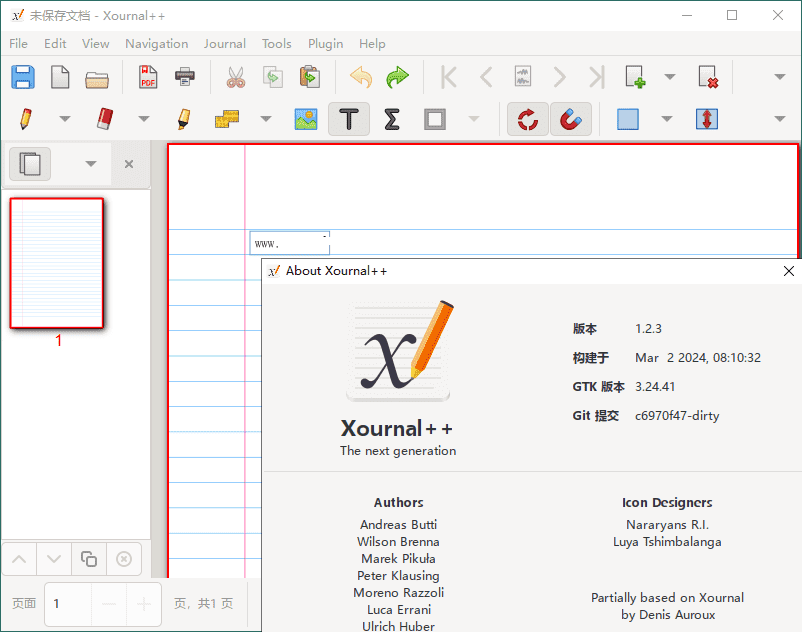需求分析
编写程序,实现一个商品类,数据成员包括商品编号、单价、数量、总数量和总价格。要求定义一个包含三个参数的构造函数初始化编号、单价、数量;count成员函数统计由该类生成的商品对象的总数量和总价格,display静态成员函数输出统计结果。在主函数中实例化3个商品对象,并通过count、display函数统计并输出3个商品对象的总数量和总价格。
源代码
#include <iostream>
using namespace std;
class Product {
private:
int id; // 商品编号
double price; // 单价
int quantity; // 数量
static int totalQuantity; // 总数量
static double totalPrice; // 总价格
public:
Product(int id, double price, int quantity) {
this->id = id;
this->price = price;
this->quantity = quantity;
totalQuantity += quantity;
totalPrice += price * quantity;
}
void count() {
cout << "总数量:" << totalQuantity << endl;
cout << "总价格:" << totalPrice << endl;
}
static void display() {
cout << "总数量:" << totalQuantity << endl;
cout << "总价格:" << totalPrice << endl;
}
};
int Product::totalQuantity = 0;
double Product::totalPrice = 0.0;
int main() {
Product p1(1, 10.0, 5);
Product p2(2, 20.0, 3);
Product p3(3, 30.0, 2);
p1.count();
p2.count();
p3.count();
Product::display();
return 0;
}代码说明
以上示例代码中,商品类 Product 包含了数据成员 id、price、quantity,分别表示商品编号、单价、数量,以及静态数据成员 totalQuantity、totalPrice,分别表示总数量和总价格。类中定义了一个包含三个参数的构造函数初始化编号、单价、数量,并在构造函数中更新总数量和总价格的静态数据成员。类中还定义了 count 成员函数和 display 静态成员函数,分别用于统计由该类生成的所有商品对象的总数量和总价格,并输出结果。
在主函数中,实例化了三个商品对象 p1、p2、p3,分别代表了三种不同的商品。随后,分别调用这三个对象的 count 成员函数,统计并输出每个商品对象的总数量和总价格。最后,调用 Product::display() 静态成员函数,输出所有商品对象的总数量和总价格。
© 版权声明
本站资源来自互联网收集,仅供用于学习和交流,请勿用于商业用途。如有侵权、不妥之处,请联系站长并出示版权证明以便删除。敬请谅解!
THE END


